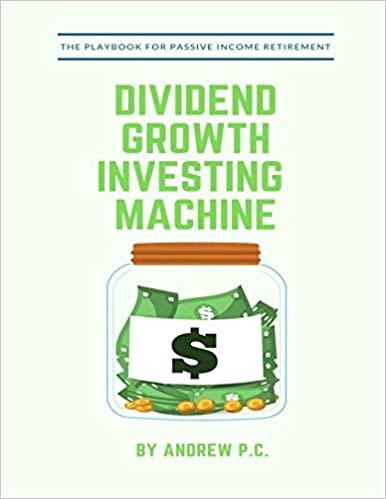Callable Bonds During 2005 and 2006, the only lone-term deht outstanding for JBR Inc. were 7%, seven-year callable bonds with a face value of $24,000,000. The bonds were issued on January 1, 2005 for $23,079,442 to yield a market rate of 7.25%. The bonds pay interest annually on January 1 and are callable on any interest payment date. JBR uses the effective interest method is used to amortize all bond discounts or premiums. Assume that JBR calls the bonds on January 1, 2007. If JBR recognizes a loss of $1,204,374 on that call, what was the required redemption/reacquisition price that was paid at call in addition to accrued interest of $1,680,000? Convertible Bonds On 1/1/13, Muddy Corp. issued 10-year zero-coupon, convertible bonds with a total face value of $3,000,000 ($1,000 per bond). Each bond is convertible into 25 shares of Muddy's $1 par common stock. The convertible bonds were issued for a total of $2,461,045. Without the conversion option, the bonds would have been issued for $1,628,503. On 1/1/13, Muddy's common stock was trading at $38 per share. On 6/30/17, when Muddy's stock was trading at $67 per share, the bonds were exchanged for 75,000 shares of common stock. The unamortized discount on the bonds was $309,447 at that date. 1. What is the interest rate that will be used to record interest expense for 2013 and beyond? 2. What was the net change in total stockholders' equity, resulting from that exchange on 6/30/17? Bonds with Detachable Warrants On March 1, 2012, BD issued $7,000,000 ($1,000 face) in 3%, 7-year bonds at a price of $6,375,000 (91%). Each bond includes 5 detachable warrants and each warrant gives the holder the right to purchase one share of BD common stock for $50 / share. BD's stock was trading at $50 / share at that time. It is estimated that the bonds would sell for $5,827,700 (83.25%) without the warrants and the market value of the warrants was $17 per warrant. What was the net change in total liabilities, resulting from the issuance of the bonds with detachable warrants? Callable Bonds During 2005 and 2006, the only lone-term deht outstanding for JBR Inc. were 7%, seven-year callable bonds with a face value of $24,000,000. The bonds were issued on January 1, 2005 for $23,079,442 to yield a market rate of 7.25%. The bonds pay interest annually on January 1 and are callable on any interest payment date. JBR uses the effective interest method is used to amortize all bond discounts or premiums. Assume that JBR calls the bonds on January 1, 2007. If JBR recognizes a loss of $1,204,374 on that call, what was the required redemption/reacquisition price that was paid at call in addition to accrued interest of $1,680,000? Convertible Bonds On 1/1/13, Muddy Corp. issued 10-year zero-coupon, convertible bonds with a total face value of $3,000,000 ($1,000 per bond). Each bond is convertible into 25 shares of Muddy's $1 par common stock. The convertible bonds were issued for a total of $2,461,045. Without the conversion option, the bonds would have been issued for $1,628,503. On 1/1/13, Muddy's common stock was trading at $38 per share. On 6/30/17, when Muddy's stock was trading at $67 per share, the bonds were exchanged for 75,000 shares of common stock. The unamortized discount on the bonds was $309,447 at that date. 1. What is the interest rate that will be used to record interest expense for 2013 and beyond? 2. What was the net change in total stockholders' equity, resulting from that exchange on 6/30/17? Bonds with Detachable Warrants On March 1, 2012, BD issued $7,000,000 ($1,000 face) in 3%, 7-year bonds at a price of $6,375,000 (91%). Each bond includes 5 detachable warrants and each warrant gives the holder the right to purchase one share of BD common stock for $50 / share. BD's stock was trading at $50 / share at that time. It is estimated that the bonds would sell for $5,827,700 (83.25%) without the warrants and the market value of the warrants was $17 per warrant. What was the net change in total liabilities, resulting from the issuance of the bonds with detachable warrants







